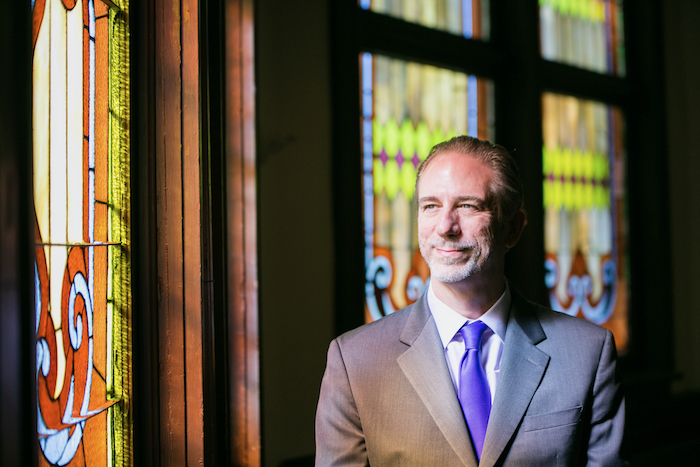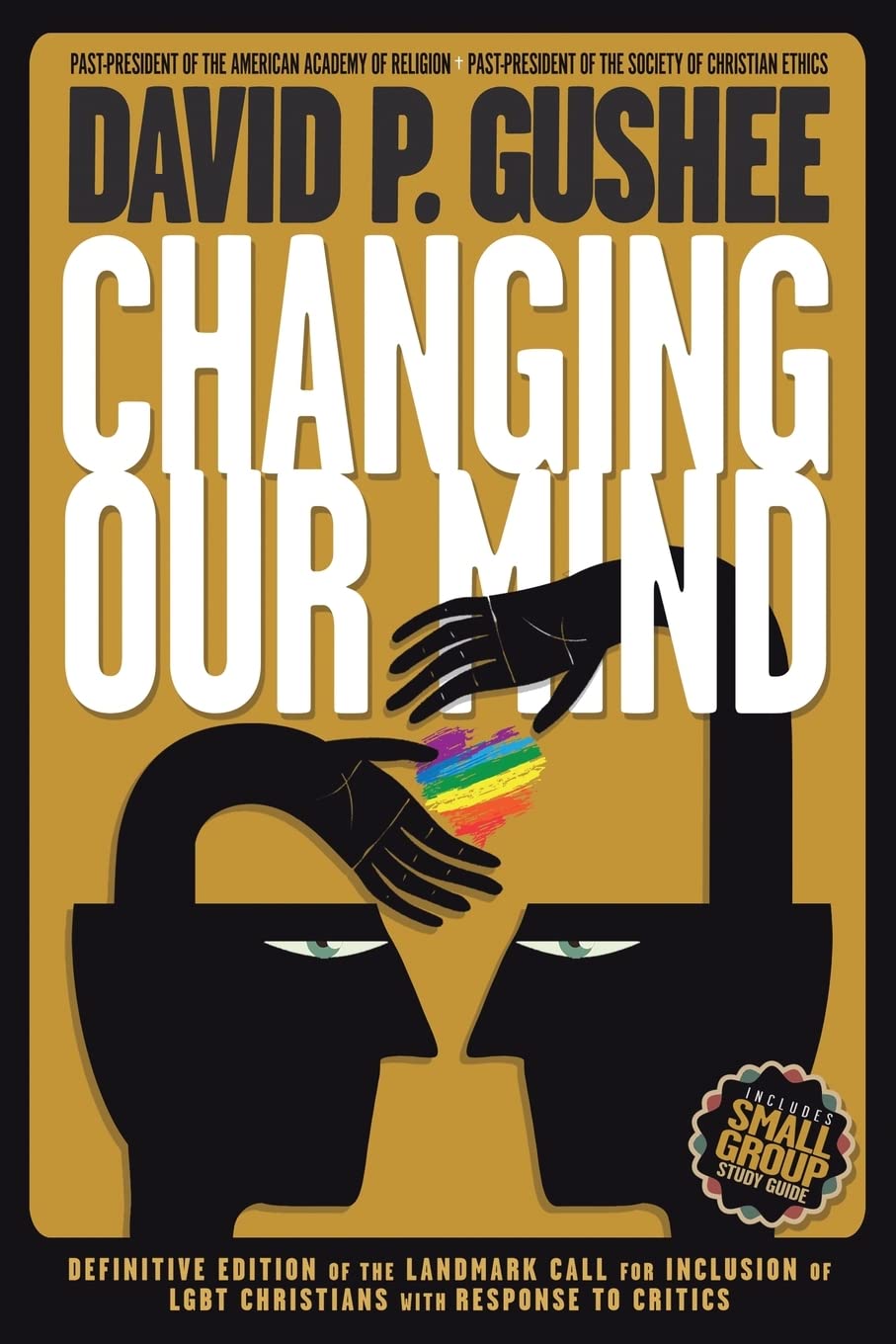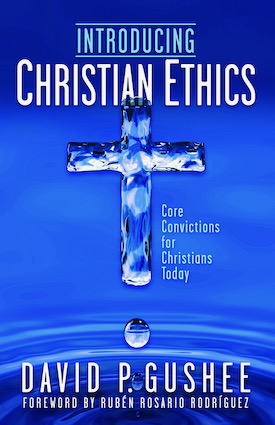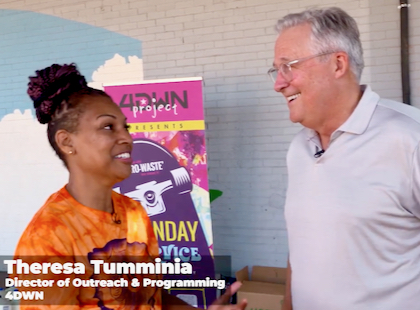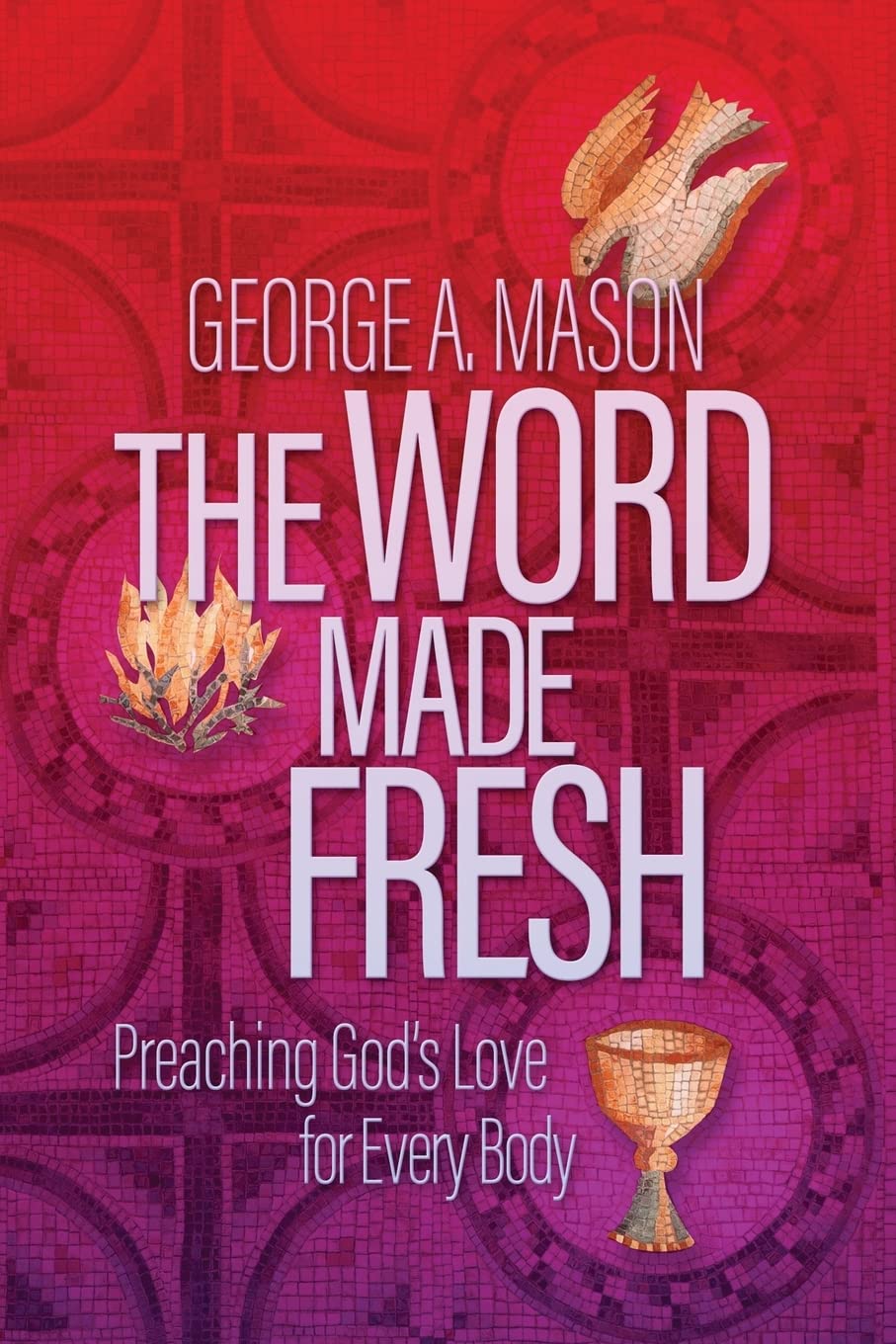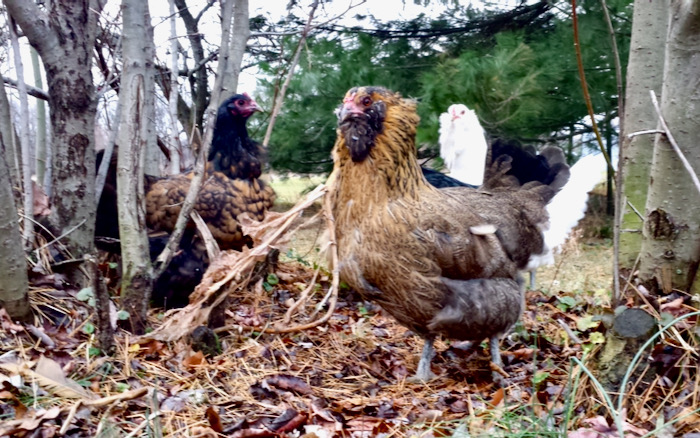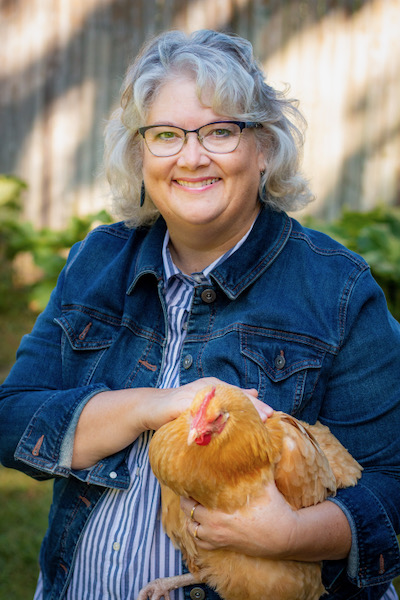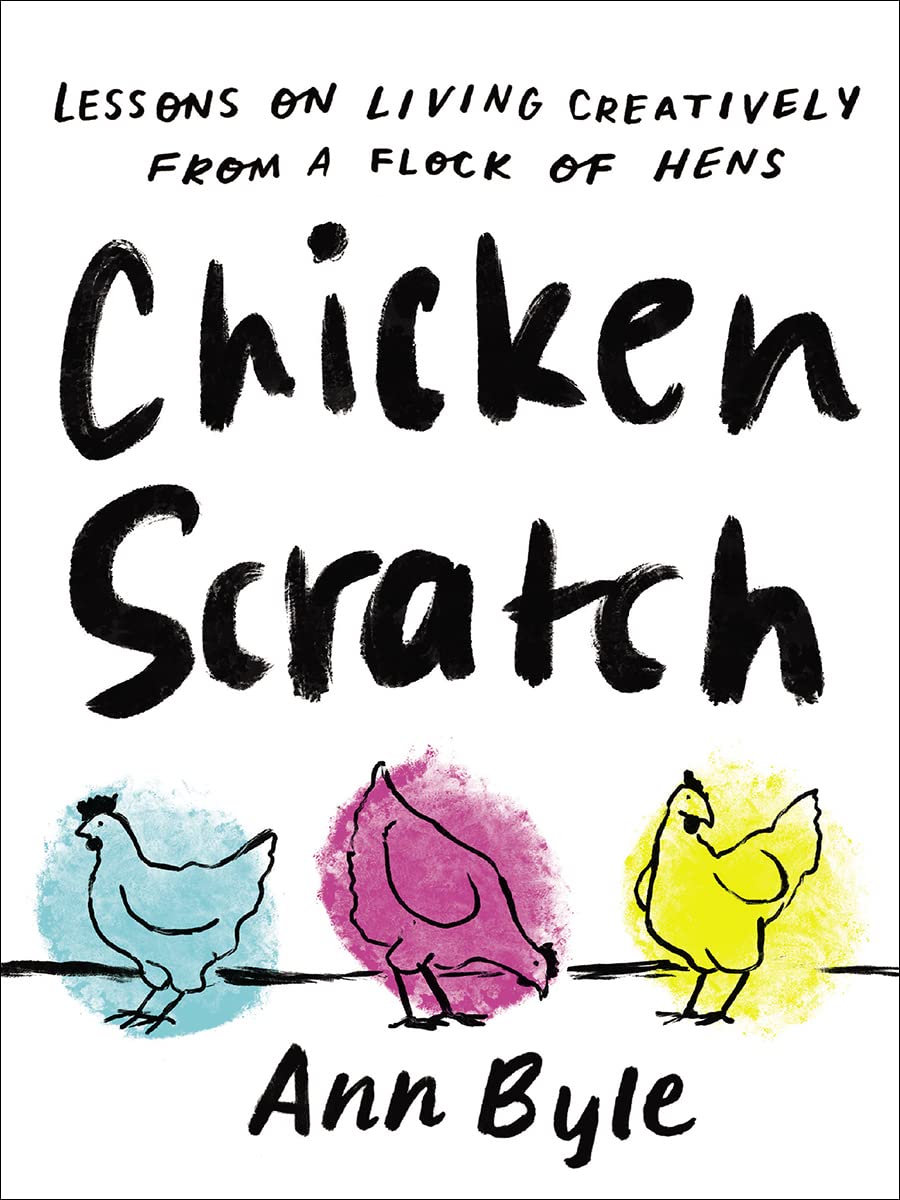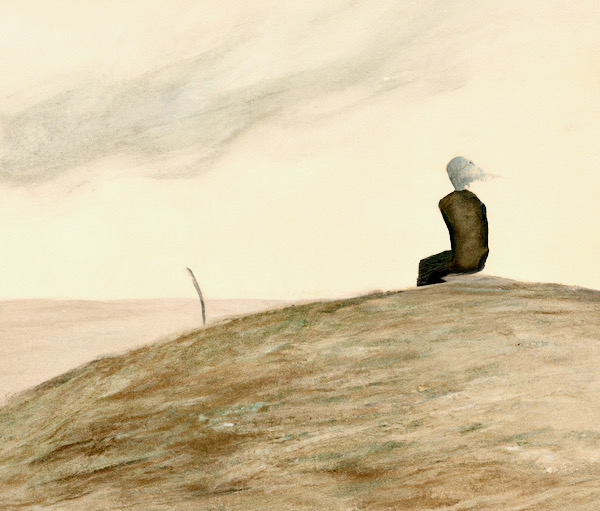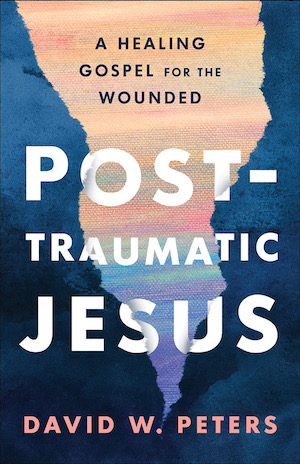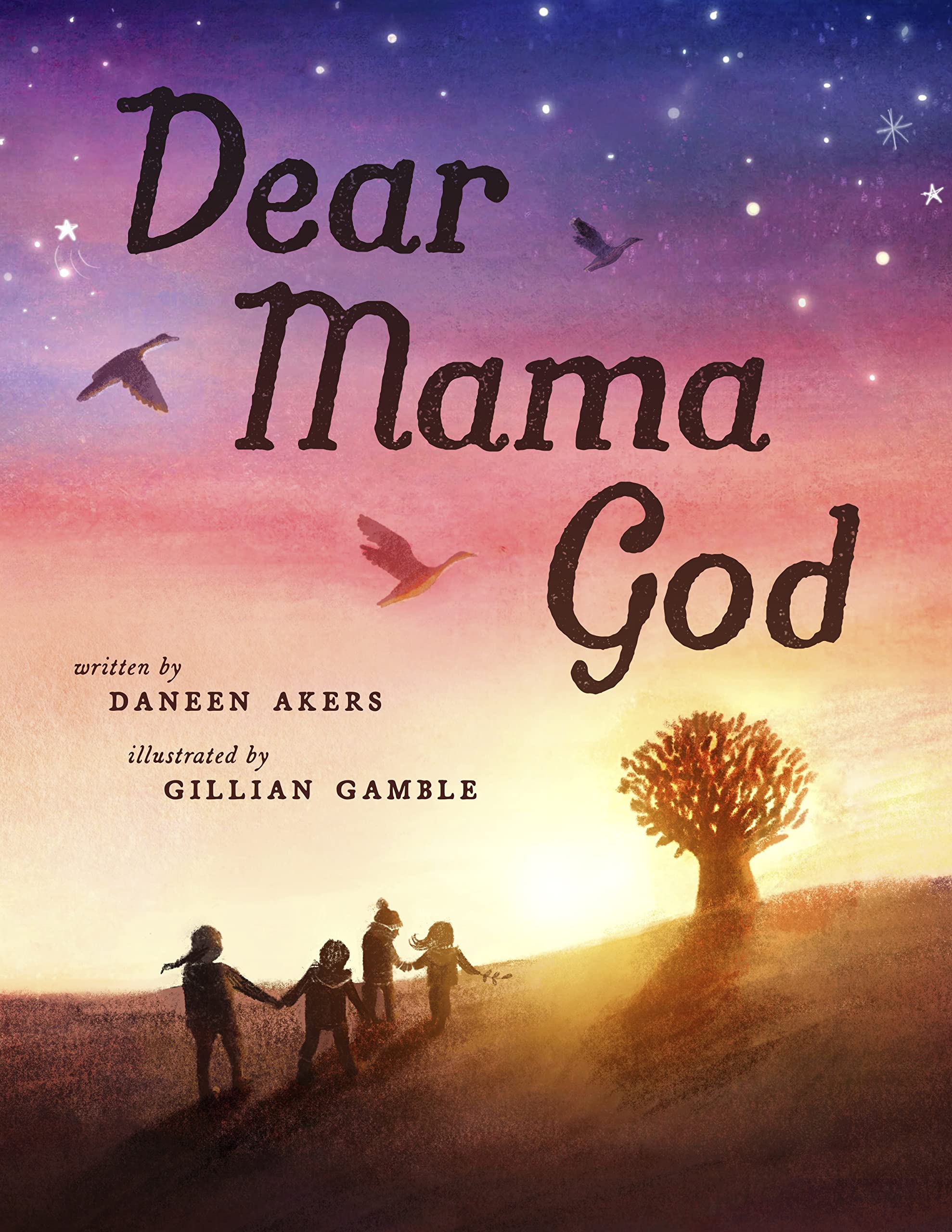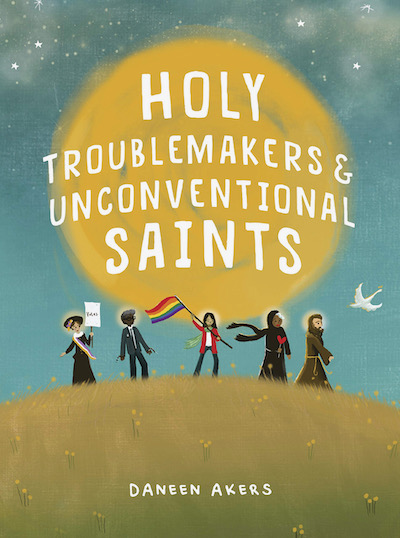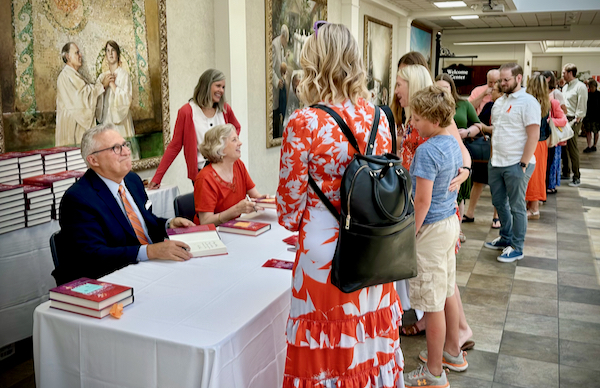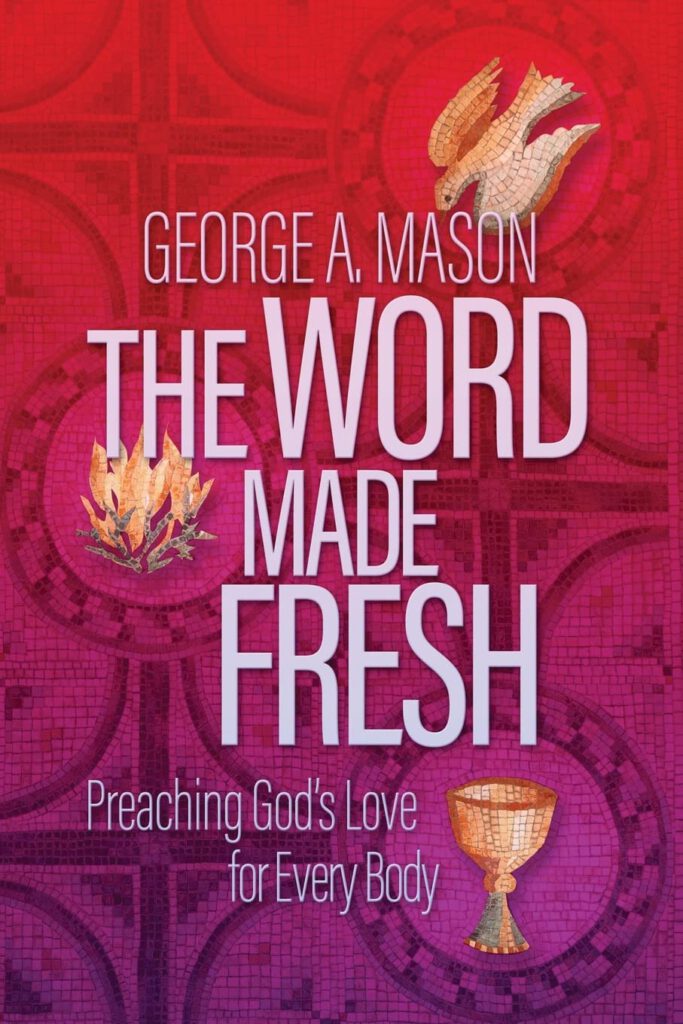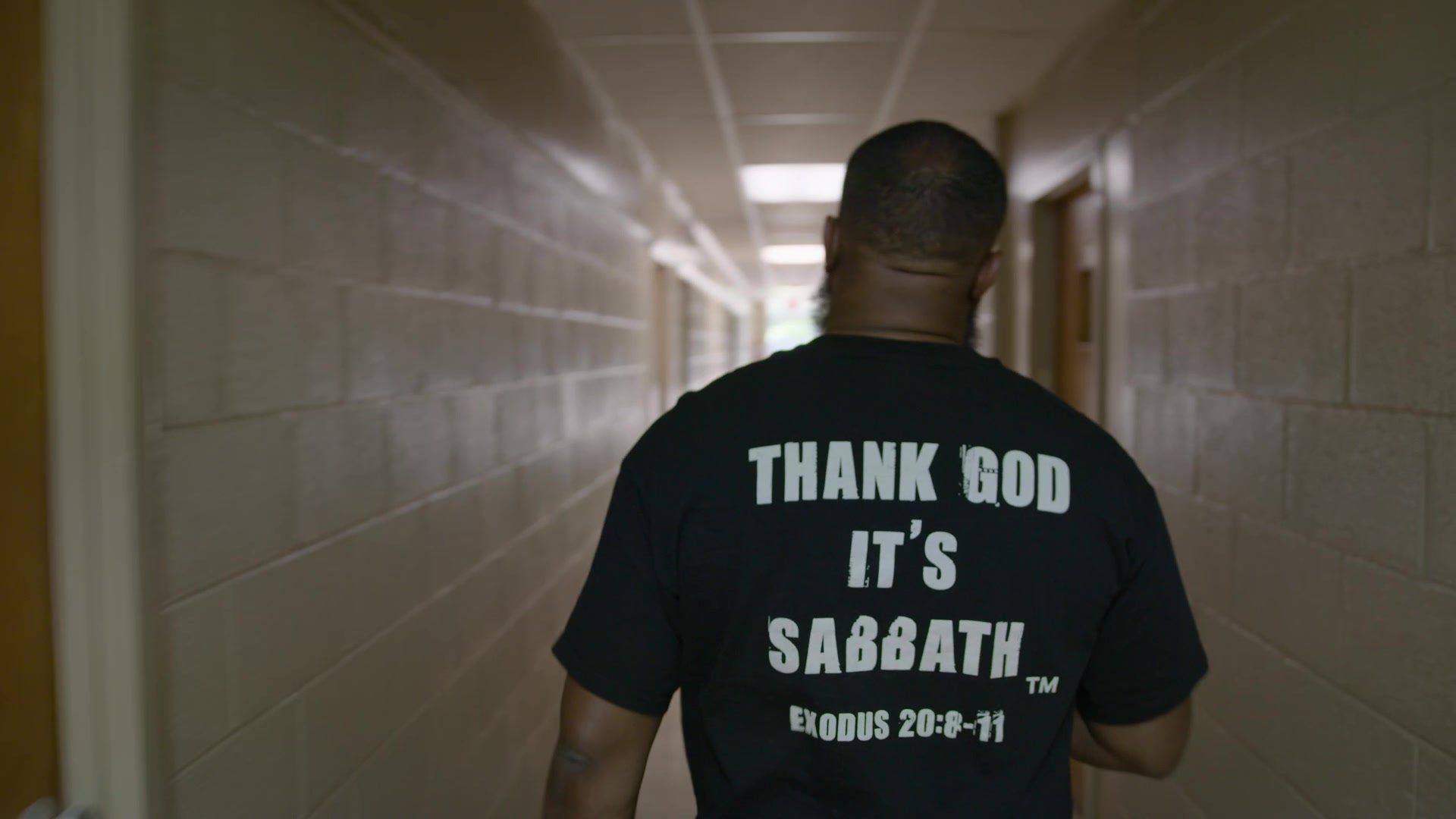Finding Christian pathways for LGBTQ friends and families
By DAVID CRUMM
Editor of ReadTheSpirit magazine
In our publishing house, we say, “A book is a community between two covers—and good books connect with real communities in the world.” That vocation for our authors defines the remarkable global growth of Dr. David Gushee’s landmark book, Changing Our Mind. And, this week, Dr. Gushee is celebrating with our publishing house reaching the milestone of 30,000 copies sold. We’re not only marking the sheer number of books sold—we’re celebrating with thousands of individuals and their families who have been helped by this book.
“This book has opened up a whole field of ministry for me,” Gushee said in an interview this week. “I realize now what an enormous need there is among so many people and their families to connect with ministers with serious Christian perspectives in counseling—people who understand how sexuality works and who accept LGBTQ people for who they are. I have learned through my journey with this book—and with people I have met around the world because of this book—that, when we as Christians are able to accept all people, then so many LGBTQ people and their families are able to find their own pathways forward in life that allow them to remain in relationship with Christ.
“I often talk about three callings in my life: my calling as a Christian, as a pastor and as an academic. In this book, and all of the talks and writings that have come from this book over the years, I have been able to exercise all three of those callings. I have found it immensely rewarding that my academic work in Christian ethics has been able to be of such pastoral significance to people who have told me this has helped them to put their lives and in many cases their families back together again and put them back in relationship with God.”
Since his book first was published in 2014, Gushee has heard from thousands of readers around the world, ranging from angry evangelical critics who are furious that he broke ranks with them—to people who have thanked him because they desperately needed this sign of hope.
“And within that larger response, there are probably 600 individuals with whom I’ve had even deeper conversations. With some, I’ve even formed ongoing pastoral connections and friendships,” he said. “These are people all over the world.”
Asked to share some examples, Gushee said, “Oh, there are so many! One example: I was particularly moved to hear from a woman in Indonesia who had been suffering from her family’s attempts to try to ‘beat the lesbian out of me.’ My book was a sign of hope to her that helped her to see a different way of understanding her life and new possibilities for a relationship with God.”
‘I Need to Tell You My Story …’
Usually, these new conversations begin with he words: “I need to tell you my story—”
As Gushee travels around the world to this day, he tells his audiences that listening is often more important than speaking. So, despite his jam-packed schedule and never-ending deadlines for writing and teaching, he has found himself devoting countless hours to listening.
He vividly recalls an event in San Francisco in late June 2015, when the Supreme Court announced its decision in Obergefell v. Hodges, the ruling that declared the fundamental right to marry is guaranteed to same-sex couples by both the Due Process Clause and the Equal Protection Clause of the Fourteenth Amendment of the Constitution.
“I was invited to speak at a vesper service at Grace Episcopal Cathedral in San Francisco, when the ruling was coming. The invitation was: ‘If the court votes against us, then lament with us. If the vote goes for us, then celebrate with us.’ And, as it turned out, this became a big celebration.”
The pioneering San Francisco Gay Men’s Chorus, which helped to foster the LGBTQ choral movement in the 1970s, sang during that service.
“It was quite a celebration, very festive. There were robes—the choir was robed and I was wearing this Episcopal-style robe—and there was this gala event after the service with deserts so we could talk with people. And I’ll never forget one of the leaders of the chorus coming up to me, saying, ‘I need to tell you my story—’ And, of course, I am glad that I listened to his story, even though his experiences had been painful.
“He had been a minister of music in a Texas Southern Baptist church. Then, when he came out, he found himself cut off like so many LGBTQ people do if they have been part of an evangelical community. He said, ‘I lost everything. I lost my job. And I wound up out here.’ That’s a story I have heard from so many LGBTQ Christians who have come out. They lose their church, their community, often their friends and family. They lose their whole world.
“The difference in this case was that we were talking long after those painful experiences in his life. He said, ‘I was booted out of the evangelical culture in Texas, but I wound up finding a new home in San Francisco.’ And he had enough distance from that pain to say, ‘Now, I think it’s funny how happy my life is in this community. And I’m so glad you came out here to be with us on this night, so we can celebrate together.’ ”
In that journey, Texas lost one of its most talented Christian musicians, relationships were shattered, there was lingering trauma—and it took years for that talented musician to build relationships in a new supportive community.
“It’s so hard for people and their families to try to put their lives back together again,” Gushee said.
‘Conversations I didn’t expect to have’
Gushee himself is now known around the world as an “ally.” He’s “straight” and married, so he often tells audiences that the past decade of new friendships with LGBTQ folks has been a revelation of how complex and sometimes traumatic human relationships can be. Then, he tells people that two important values that anyone—whether LGBTQ or a “straight” ally—should model are openness and honesty.
That has led him to a relentlessly public affirmation of this inclusive journey in ministry—despite the years of attacks from evangelicals who are angry that he left their circle.
“Despite all of the criticism I have received from former colleagues, some of them friends I knew for many years, I would not change this path I have taken. I have never been tempted to change course. And, because I have remained true to this course, there have been many things—including many conversations—I didn’t expect along the way,” he said.
Just one example, he said, “Is an airline pilot from Chicago who reached out to me and told me his story of living for many years as a closeted gay man. He told me that he had read my book. And, after reading the book, he said, ‘I need to tell you my story—'”
He had grown up in a Christian family and had excelled in doing all the things that were expected of him as a promising young man in such a community. He became a successful pilot, but as he reached his 50s, he realized that his life was about to implode. At the end of his story, he told Gushee, “I just can’t live a lie anymore.”
“These are the kinds of conversations that, even as a pastor and as a teacher for many years, I was never invited into before writing this book,” Gushee said. “That’s not surprising, because people who are LGBTQ are well aware that non-affirming straight ministers are not safe people for them to have conversations with. That kind of conversation will only lead to more pain. So, this book suddenly put my name out there in the world as someone who is safe to talk with.
“What surprised me in talking with the pilot is that he flew down here to Atlanta and came to the Sunday School class I teach—and we wound up becoming friends,” Gushee said. “I’m so glad I was able to play that kind of role in his life.”
The warmest thanks: ‘This book changed my life.’
But the biggest surprise since Changing Our Mind was published in 2014?
“The biggest surprise is that for so many people—the book itself is enough,” Gushee said. “We’ve been talking about people who contact me, either at an event or in other ways, and conversations I’ve had with hundreds of people. But that’s not the case with most readers—and I’m so proud that this tells me: The book itself tells the story effectively.
“For all the people I’ve had conversations with, there are far more readers who simply say: ‘Your book helped.’ Or: ‘Your book is what I needed.’ And that’s amazing to me—touching lives through the book itself, not even a conversation was needed. Of all the responses I’ve received from these 30,000 books that are now out there in the world—that kind of response still moves me: ‘This book changed my life. Thanks.’ ”
.
Care to Learn More?
GET THE BOOK—It’s available in hardcover, paperback and Kindle from Amazon—as well as through Barnes & Noble, the Walmart website and bookstores everywhere. On Amazon, the book has earned an average of 4.7 out of 5 stars from 365 reviews—and it has earned a “Great on Kindle” badge from Amazon. On Goodreads, the book averages 4.3 stars, based on 962 ratings.
TO LEARN MORE ABOUT THE CONTEXT OF THIS BOOK—Order a copy of Gushee’s magnum opus from his decades of teaching Christian Ethics at Mercer. It’s a book called, Introducing Christian Ethics, and this unique multi-media book includes both video and audio of Gushee delivering the talks included in the book.
CONNECT WITH DR. GUSHEE by visiting his website (davidpgushee.com), where you also can learn about his upcoming book, Defending Democracy from its Christian Enemies, which will be launched in October 2023. While on his website, you will find links to his latest Articles and Podcasts. You also can learn more about his extensive public speaking and, on that same page you will find a link to invite him to speak in your community or event.
LEARN MORE ABOUT SEXUALITY AND GENDER through the award-winning “100 Questions & Answers About—” series from the Michigan State University School of Journalism’s “Bias Busters” program. These guides are prepared by student reporters, guided by blue-ribbon national panels of experts, and are a perfect way to start discussions about topics ranging from race and ethnicity to religion and gender.
